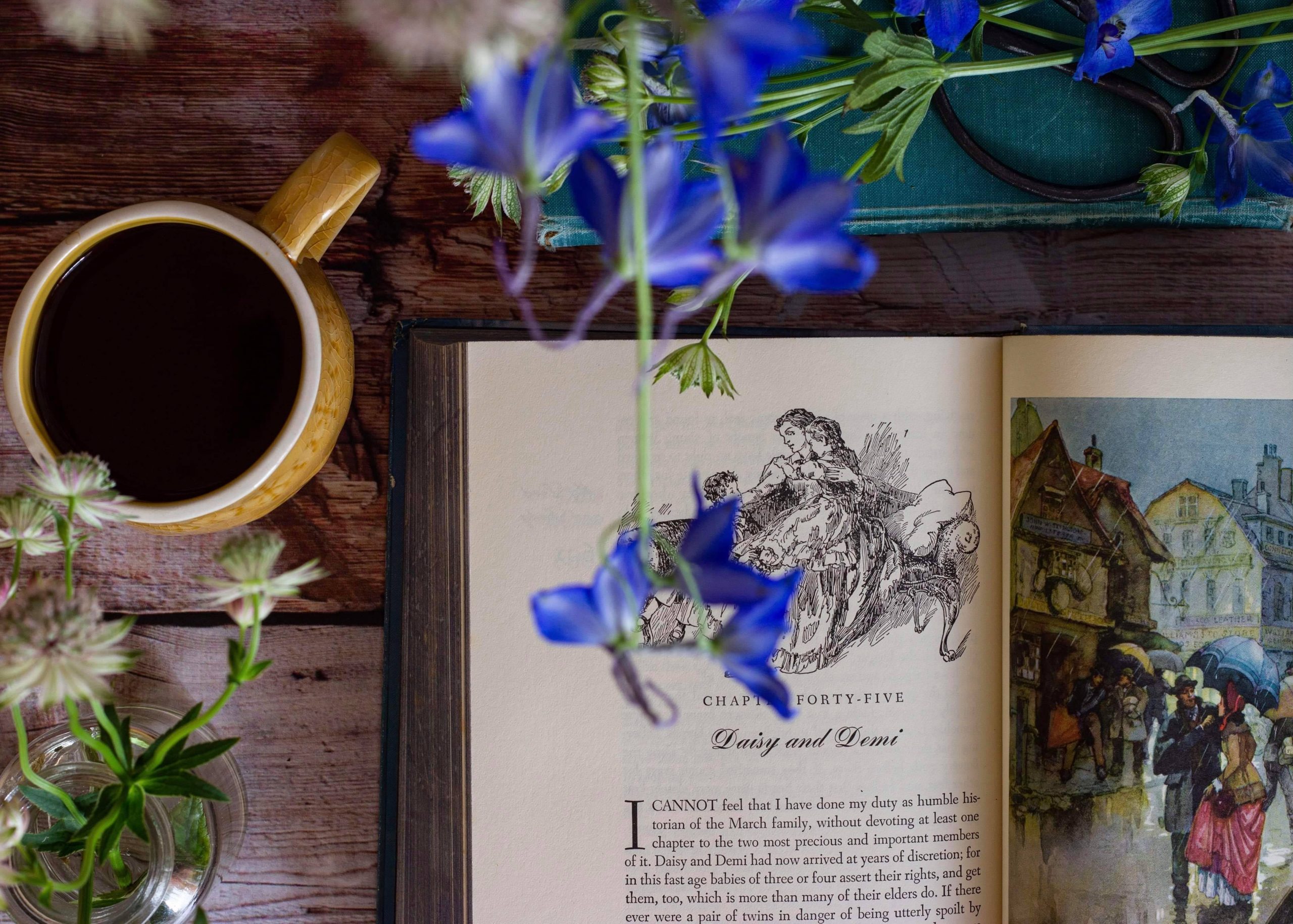by Shivika Singh
Tomboy – a term used to define girls who are not stereotypically feminine, with their tastes and behaviors usually associate with being manly or boyish. Tomboy has been a major archetype across a wide range of literary and cinematic texts. The history of the term ÔÇÿtomboy’ dates back to 16th century when it was used as a reference to rude and boisterous boys. By the end of the 19th and 20th century, this term underwent a major shift and started to be used in a feminine context, defining a “wild, romping girl, who acts like a spirited boy”.
The distinction between a tomboy and a girly girl is made on the basis of lifestyle and aesthetics that relate more with the opposite gender. Some examples are being sporty, opting for a short haircut or loosely fitted casual clothing, a love for cars and bikes etc. This trope is shown to be barely interested in what are classed as ÔÇÿgirly’ pursuits such as likin the colour pink, clothing items such as frocks, dolls and much more. This form of gender conformity not only make femininity and feminine choices seem malign but also reinforces the idea that there is a particular way of being a woman. Anybody who does not confirm to the expected feminine traits is tomboyish.
There are two most common types of tomboy represented across films and television.
The Butch Tomboy – this type of tomboy is very masculine and possibly likes to workout and takes part in sporting activities. She disregards all things feminine and is considered ÔÇÿmanly’.
The Effeminate Tomboy – this type of girl is neither overly manly nor typically girly. She is a perfect balance between the two. Although her major interests are typically boyish, she might at times embrace girly qualities as well. She closely relates to the cool girl archetype.
The effeminate tomboy is the most socially acceptable, empowered and attractive to men whereas the butch tomboy may be overly dominant and is hence less likeable. Terms such as intelligence, empowerment, skills and capability are very often associated with the Tomboy trope, something that more feminine or girly girls lack. The tomboy, who is adventurous and confident, impulsive and headstrong, breaks the rules with her non-conformist spirit and prefers to be in the company of boys rather than girls. She is essentially, ÔÇÿone of the boys’ and is ÔÇÿnot like other girls.’ This is what makes this trope problematic. This trope elevates masculinity and related traits over femininity and creates a notion of gender superiority.
Although the tomboy trope has reformed over time as discourse around gender has progressed. The classic tomboy, depicted in films during the 19th century where these women preferred white shirts and casual pants instead of skirts, were opinionated and spontaneous but not overly challenging. Audrey Hepburn and Madonna have famously represented with classic tomboy character type. This idea progressed from depicting tomboys with subtle intellect to creating relentless female fighters, as depicted by Katniss Everdeen in the Hunger Games trilogy. Irrespective of the progression of the tomboy tirade, it is still vague and limiting. The idea of tomboy fails to take into account that someone who has been assigned female gender at birth has no reason to fully adhere to all the conventional gender roles. The tomboy trope sees gender as a rigid binary rather than acknowledging gender as a wide spectrum. At the same time, it narrows the scope of understanding that for someone, a more masculine fashion choice can simply be a liking while for other it could be an express of their gender identity.
Jo March, the protagonist of Little Women by Louis May Alcott, is a popular example of tomboy in classic literature. The 2019 film adaptation of this novel also represented Jo March as a free spirited and spontaneous girl, who is different from her sisters and other girls around.
Meg:┬á“Jo, that’s so boyish!”┬á
Jo:┬á“That’s why I do it.”┬á-┬áLittle Women (2019)
She is represented as a girl who refused to bow to society’s expectations of a woman and indulged herself in manly pursuits.
This trope became popular and was eventually epitomized as an archetype representing empowered women. Disney, who are well known for questionable female representation, also adapted to the tomboy trope as represented by Merida in Brave. Merida is a young and headstrong princess who is free spirited and tomboyish. She is skilled in sword fighting and racing, is impetus and likes to take control of her own destiny. Jo March and Merida are two characters separated by huge time gap yet express similar personality traits.
The term tomboy strips women of the opportunity to be their version of feminine and incorrectly inclines their character to another gender, which is superior or more desirable. Masculinity isn’t a particular gender’s monopoly nor is superior to any different for of expression. Getting rid of the tomboy stereotype would eventually help eliminating years of gender stereotypes, gender binarism and homophobia and will allow girls to freely express their gender and related choices.



